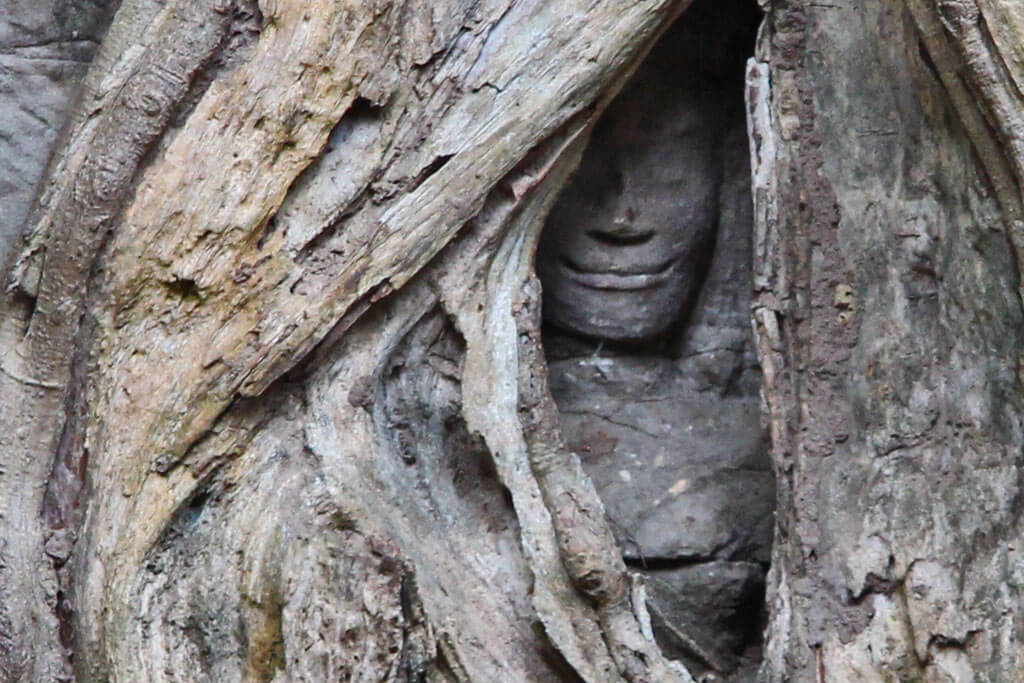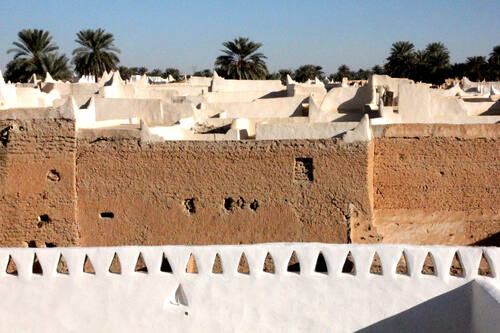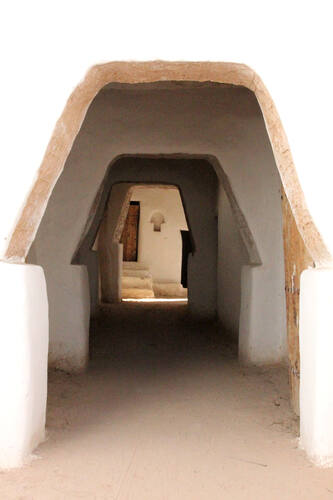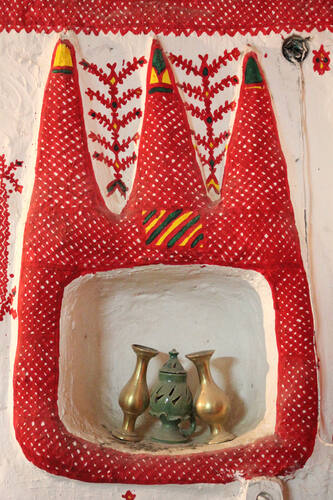 |
| Sign me up for this. From Beach Cambodia |
According to the Cambodia Tourism website, it's the "kingdom of wonder. There's lovely buses to take tourists to lovely places and see their lovely historical and artistic places. And that's true. It looks incredible.
Cambodia also has two UNESCO World Heritage Sites: Angkor and Temple of Preah Vihear.
 |
| The City of Angkor. Copyright UNESCO. So don't steal it. |
 |
| One of the trees pulling a Cthulu on a sculpture at Angkor Wat. Mmmmm...history is yum. |
 |
| Temple of Preah Vihear, and this is a bad picture compared to what else they have. Copyright UNESCO |
The Temple of Preah Vihear is "dedicated to Shiva. The Temple is composed of a series of sanctuaries linked by a system of pavements and staircases over an 800 metre long axis and dates back to the first half of the 11th century AD. Nevertheless, its complex history can be traced to the 9th century, when the hermitage was founded. This site is particularly well preserved, mainly due to its remote location. The site is exceptional for the quality of its architecture, which is adapted to the natural environment and the religious function of the temple, as well as for the exceptional quality of its carved stone ornamentation."
Why I Can't Go
 |
| And welcome to 2014, Cambodian Style. So much for Human Rights for these garment workers. |
Well, the years of war have really fucked this place up. Right at the Temple of Preah Vihear there have been frequent clashes between Thailand and Cambodia over a border dispute in this region, including exchanges of gunfire and artillery, which resulted in numerous fatalities and the evacuation of civilians. In 2013, the International Court of Justice ruled that Cambodia has sovereignty over the entire territory of the Preah Vihear temple. While the situation has improved, tension may remain.
Thanks to the wars, the presence of landmines has been reported everywhere.Cambodia remains one of the most heavily mined countries in the world. Landmines can be found in rural areas, especially in the provinces of Banteay Meanchey, Siem Reap (except in the town of Siem Reap and the Angkor temples, which are safe), Battambang, Kampong Thom and Pursat. The border area with Thailand is especially dangerous. Do not walk in forested areas or in dry rice paddies unless you want your leg gone. And forget visits to outlying temples, particularly in the areas of Phnom Kulen and the River of a Thousand Lingas, as they are heavily mined.
"It will break your heart"
The other reasons: personal. The human rights there suck balls. The dude in charge is ex-Khmer Rouge. Yeah - the guys that make the clown from the movie IT look like a perfect option to entertainment kids.
 |
| Fuck off. |
Also, the people have not been educated enough about tourism development or sustainability. Things like waste management, food safety, and historic preservation are largely ignored, even in areas that are seeing lots of tourists. For example, more and more people (millions of them) visit the Angkor temples each year, but the infrastructure in Siem Reap — not to mention the preservation of the temples themselves — remains quite basic. What's going to happen 10 or 20 years from now due to over-visitation and unsustainable development? And do I really want to just add to it?
 |
| Angkor Wat - home of the Gods or home to the fifth ring of hell? You decide. |
The blog A Dangerous Business I think sums up why I can't go there yet: I don't want to break my heart. I've already had that done in China, which I will write about one day. The author of the blog writes:
Seeing stark economic disparity broke my heart. The Royal Palace in Phnom Penh, for example, is immaculately well manicured, with buildings covered in gold and filled with valuables. But then you walk out into the city, where there is trash all over the streets and people living in extreme poverty. According to the United Nations’ Human Development Index, Cambodia only ranks #138 out of 195, with 23% of people living on less than $1.25 per day...According to the Corruption Perceptions Index from 2013, Cambodia ranks in the top 20 most corrupt nations in the world, and it’s painfully evident if you look for it.
And there are plenty more heartbreaking examples: kids begging on the streets (many of whom do this “professionally” instead of going to school); touts (hawkers) pestering tourists inside religious sites; locals — including tour guides — throwing rubbish on the ground. Add to this rampant exploitation of the poor and the weak (Cambodia has one of the worst reputations in the world when it comes to child sex trafficking) and it’s beyond heartbreaking.So, maybe instead of holding my breath to see the historical beauty of Cambodia I can at least donate to something to give to that country regardless. I'm sending off some money to a charity a friend gives to after they saw the good work they did: Cambodian Children's Fund. And then maybe I can go one day, if not, there's always this:






